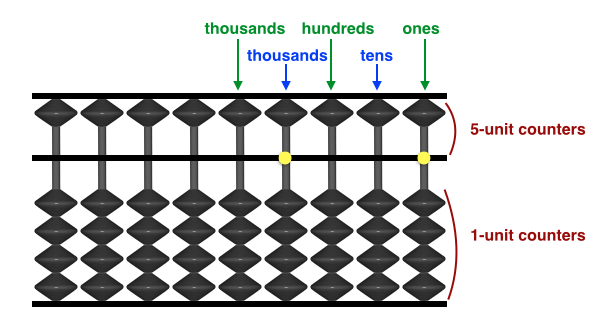Solving Problems by Eliminating Impossible Cases
One of the strategies in solving problems is to divide them into cases and see if you can eliminate some impossible cases. In this post, I will discuss a popular classic problem which I found the solution to be interesting.
Problem
If A, B, C, and D are distinct non-zero digits, find their values if ABCD × 4 = DBCA.
If you have not encountered this problem before, you might want to solve it first before reading the solution below.
Finding the Value of A
Solution
One of the most obvious hints of the problem is that the value of A is only limited to 1 and 2. Why? Because if A is greater than 2, 4 × A will become a 2-digit number. This will make the product of ABCD × 4 a 5-digit number which does not satisfy the problem. » Read more
